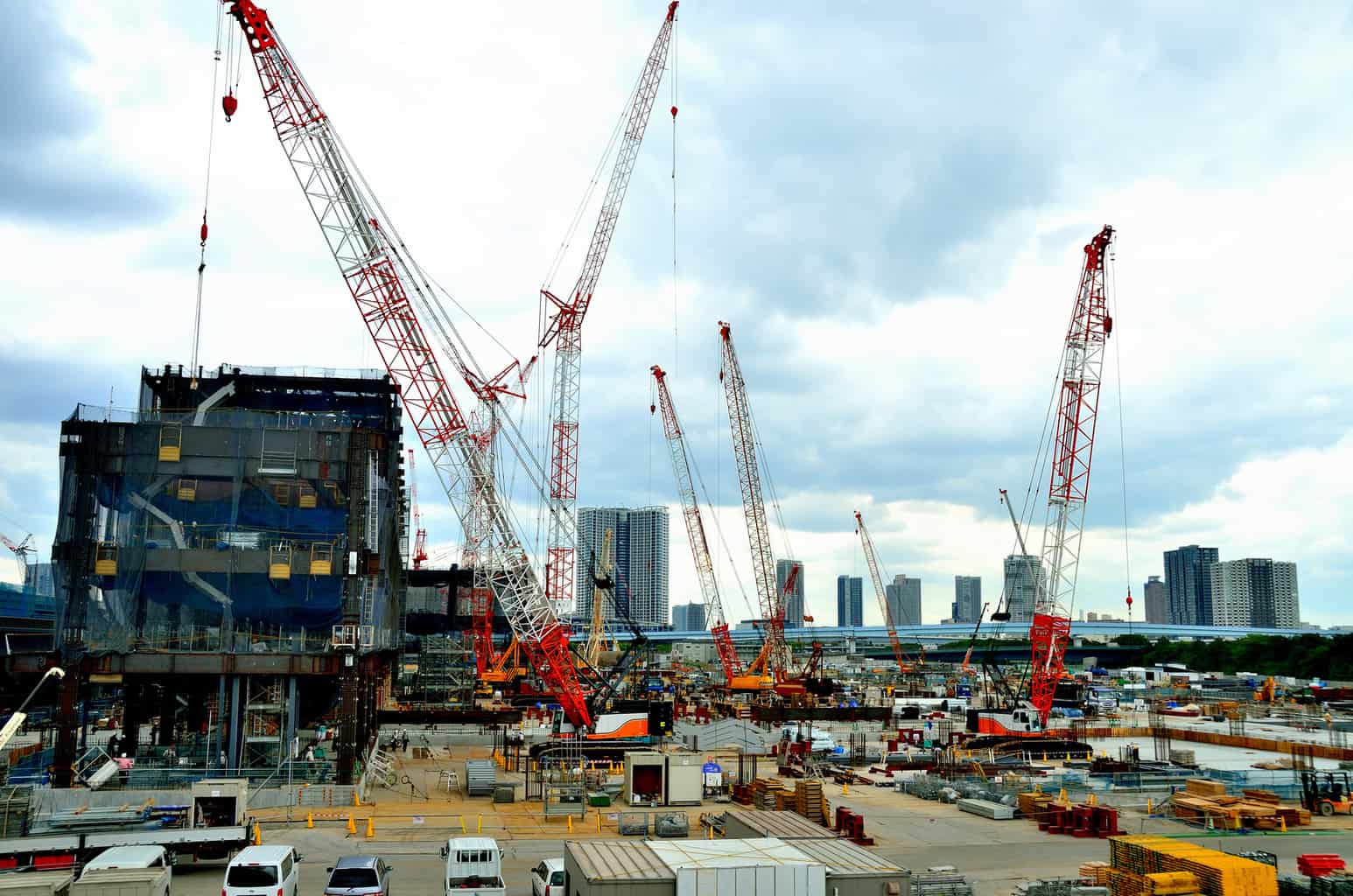Do you need to choose a wind turbine brake for you or a client?
Wind turbines are often used as a major part of a home or businesses electric power production. This means that a wind turbine brake and other parts must be functioning properly.
But as you consider your options, how can you pick the best wind turbine brakes?
Let’s take a closer look at how you can find the brakes that are best for your wind turbine system.
A Wind Turbine Brake is Different
Wind turbines often rise hundreds of feet into the sky. This means that these brakes must operate unmanned and need to function properly for longer periods of time.
After all, who wants to go up high in the sky to fix these more than they need to?
Another important difference between these brakes and those on other machines’ brakes is that a wind turbine brake may be exposed to extreme conditions. These include being in places with very hot and cold temperatures.
When you choose a wind turbine brake you have to keep these things in mind.
The Size of Wind Turbines
Wind turbines are tall because the higher up it is, the windier the conditions are.
With more wind comes more electricity, or the potential to create more of it.
In fact, the average height of industrial wind turbines is around 328 feet! When you are considering a wind turbine brake, consider the size of your turbine.
If you have a shorter turbine for home use, you will need a smaller brake for it than if you own a large industrial wind turbine.
Emergency Stops
There is no way around it. There will be times when you have to make an emergency stop of your wind turbine. For example, it may be necessary during severe inclement weather.
When you have to make an emergency stop of your wind turbine, it’s crucial that your rotor braking system has a friction liner. This is because of the short timeframe in which you have to stop your wind turbine brake.
When you attempt to stop anything quickly — your car, your machinery, your wind turbine, etc. — this creates friction. And with friction comes heat.
A sufficient size friction liner helps the heat created by that friction dissipate. This will help protect your wind turbine from damage.
Choosing a Wind Turbine Brake
Wind turbines are a great source of alternative energy for a home or business but choosing the right wind turbine brake is important.
This is because of the large size of wind turbines and the height at which these machines operate. You want to choose a reliable wind turbine brake that will minimize maintenance. You also want to consider the rarer situations when an emergency stop is required.
Because of the friction created by the need to stop wind turbines quickly, a rotor system’s liner should be large enough to prevent it from overheating and causing further damage.
Picking a wind turbine brake is an important decision for you and your business. Taking the time to learn about these will help you save time (and money) in the future.


